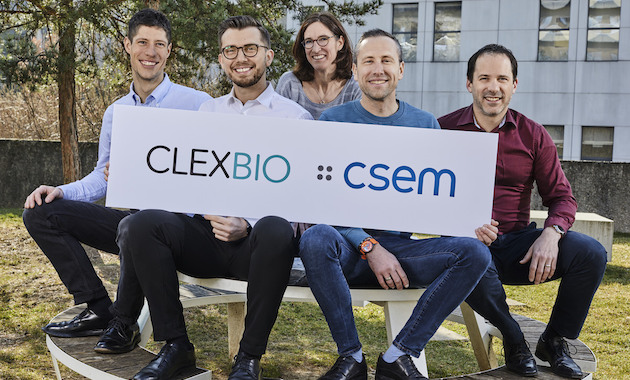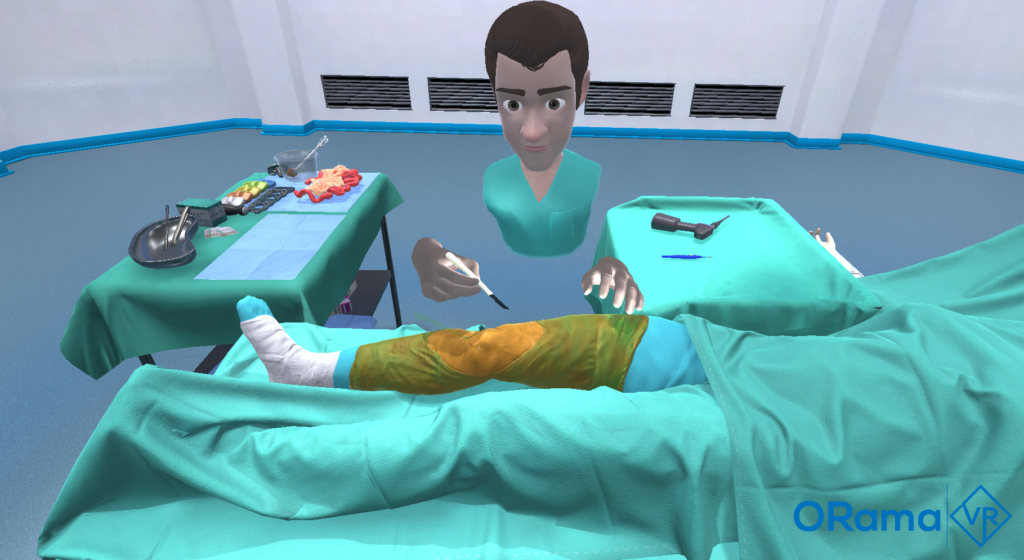
Clexbio and CSEM join forces to develop the first device to produce vein implants
5 July 2022

Norwegian start-up Clexbio and CSEM in Neuchâtel have joined forces to develop the world’s first device capable of cultivating human vein tissue in a laboratory.
Swollen and painful legs, edema, cramps, varicose veins or ulcers. These symptoms are indicative of a disabling disease that affects millions of people worldwide: chronic venous insufficiency (CVI). It results in poor circulation, which causes an accumulation of blood in the legs and compromises the ability to walk. The consequences are serious for the quality of life of those affected, and the treatment costs are considerable for health systems.
Currently, there is no truly effective solution. Because of this, Norwegian start-up ClexBio intends to leverage its expertise in regenerative medicine to treat CVI at its root.
The company has teamed up with specialists from CSEM in Neuchâtel to develop an automated process for manufacturing functional vein grafts, whose materials are composed of genuine human tissue, and which can be integrated into the patient’s body to turn it into real living tissue. To finance this research, ClexBio has received 20 million kroner (approximately CHF 2 million) from the Norwegian government.
A biodegradable matrix to create human tissue
To transport blood from the organs to the heart, veins have small valves that prevent the blood from flowing backwards due to gravity. Clexbio has developed a microstructured 3D biomaterial that can be combined with human cells (from a cell bank, for example) to control their propagation according to a predefined structure and form real human tissue.
Manufacturing these revolutionary implants requires a high-tech closed tissue production system that operates in an automated manner. This system will be designed by CSEM engineers, who can rely on their experience in hydrogels, physiological microsystems and automation.
If successful, this R&D project could result in the world’s first permanent treatment for the millions of patients who suffer from CVI.

